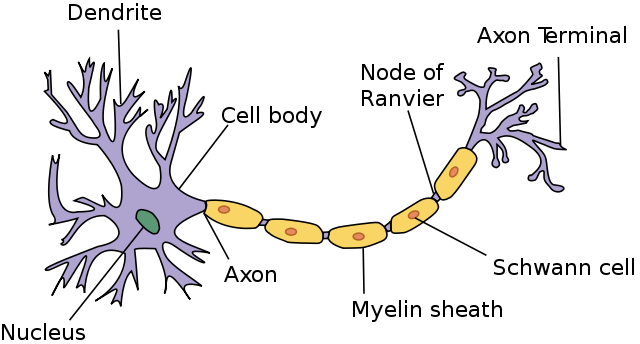
Here at the Lister Institute we like nothing more than hearing about the successful research of the distinguished scientists that we support.
In particular, high profile publications of peer reviewed journal articles are fantastic validation of quality research, and help us to ensure that the work of our Fellows is being discussed and used in the field.
Therefore, we are very pleased to announce that Lister Fellow Professor David Lyons has recently been published in Nature Neuroscience.
David Lyons is a Professor of Neurobiology at the Centre for Neuroregeneration at Edinburgh Medical School, where he carries out a variety of research activities aimed at finding out more about the molecular and cellular basis of nervous system development.

The paper published in Nature Neuroscience is entitled Ca2+ activity signatures of myelin sheath formation and growth in vivo, and was co-authored by Professor Lyons and colleagues from the Centre for Neuroregeneration; Dr. Marion Baraban and Dr. Sigrid Koudelka.
The research paper explains the team’s observations of how the activity of calcium ions (Ca2+) can orchestrate the development of myelin sheaths in living organisms.
Myelin is made up of fatty lipids and proteins, and is white in colour giving name to ‘white matter’ in the brain. Myelin forms a sheath around the electrical cables of the neurons in the brain (called axons) and electrically insulates them, ensuring that electrical impulses are passed along faster, while also preventing the impulses from leaving the neuron.
Essentially myelin helps neurons to fire faster and more accurately, ensuring that electrical signals are passed across the brain more efficiently.

The process of forming or growing a myelin sheath is called myelination. During myelination multiple short myelin sheaths are created and then are either retracted or stabilised before growing along the axon. Professor Lyons and his team have found that higher Ca2+ ion activity indicates these retractions and stabilisations taking place, and therefore can be used as evidence of myelin sheath formation.
Here at the Lister Institute we are very pleased to support Professor Lyons’ work, helping his group to take a broader approach to important issues in the field. As he explains;
“We are hugely grateful to the Lister Institute for their flexible support, which has been invaluable in allowing us to take on high-risk long-term projects, such as the one reported on in this recent manuscript.”
You can view the paper on nature.com and read more about Professor Lyons’ work on his laboratory website – we look forward to hearing more about his research in the future.



